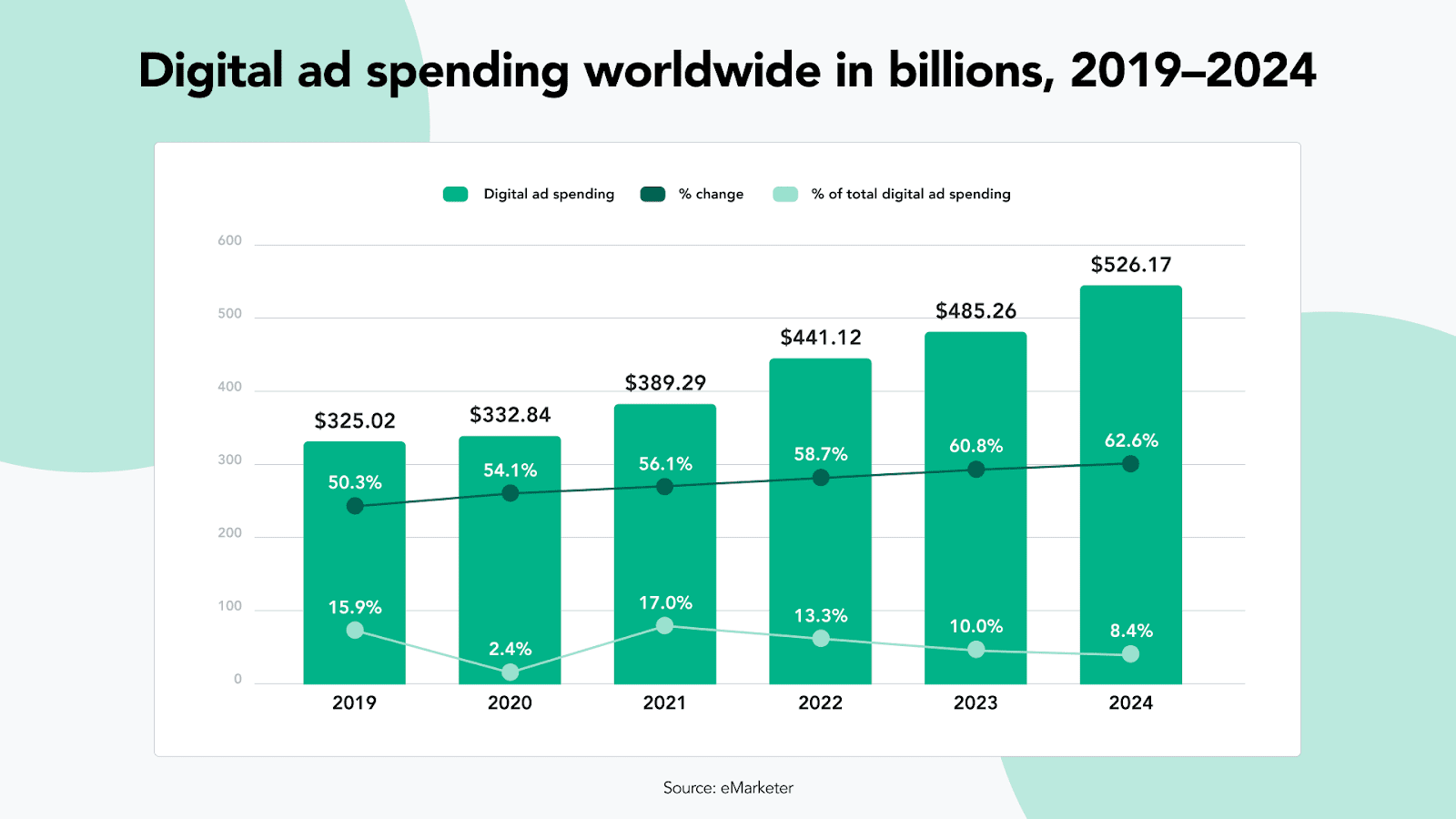
In today’s digital world, content has become the reigning monarch. It is the key to attracting and engaging online audiences, and ultimately, converting them into loyal customers. But with the plethora of content available, how do you create valuable and engaging content that stands out from the noise?
In this article, we will delve into the art of content creation and explore strategies that will help you craft compelling and conversion-optimized content. Whether you are a seasoned content creator or just starting out, these techniques will empower you to captivate your target audience and drive meaningful results.
From understanding your audience’s needs to harnessing the power of storytelling, we will unlock the secrets to creating content that resonates and compels action. We will also explore the importance of incorporating SEO techniques to ensure that your content not only captivates readers but also ranks high on search engines.
So, if you are ready to reign supreme in the digital realm, join us on this content creation journey, and discover how to create valuable and engaging content that converts. This is your royal invitation to become the king or queen of content. Let’s get started!
The importance of quality content in digital marketing
Quality content is the foundation of any successful digital marketing strategy. It serves as a magnet, attracting your target audience and keeping them engaged. By providing valuable and informative content, you establish yourself as an authority in your industry and build trust with your audience.
To create quality content, you need to first understand your target audience and their needs.
Understanding your target audience and their needs
Knowing your audience is crucial for creating content that resonates with them. Start by researching your target demographic, including their age, gender, interests, and pain points. This will help you tailor your content to their specific needs and preferences.
Additionally, conduct surveys and engage in conversations with your audience to gain insights into their challenges and aspirations. Understanding their desires and motivations will enable you to create content that addresses their pain points and provides solutions.
Once you have a clear understanding of your audience, it’s time to conduct keyword research to optimize your content for search engines.
Conducting keyword research for content optimization
Keyword research is the process of identifying the words and phrases that your target audience is using to search for information related to your industry. By incorporating these keywords into your content, you increase the chances of your website ranking higher on search engine results pages (SERPs).
There are several tools available, such as Google Keyword Planner and SEMrush, that can help you identify relevant keywords for your content. Look for keywords with high search volume and low competition to maximize your chances of ranking well.
Once you have a list of keywords, strategically incorporate them into your content, including in your headlines, subheadings, meta descriptions, and throughout the body of your text. However, be sure to use keywords naturally and avoid keyword stuffing, as this can negatively impact the readability and user experience of your content.
Now that you have a solid foundation for your content, it’s time to create a content strategy and editorial calendar.
Creating a content strategy and editorial calendar
A content strategy is a roadmap that guides your content creation efforts. It outlines your goals, target audience, key messages, and the types of content you will create. A well-defined content strategy helps you stay focused and ensures that your content aligns with your overall marketing objectives.
When creating your content strategy, consider the different stages of the buyer’s journey. Tailor your content to each stage, from awareness to consideration and decision-making. This will help you nurture leads and guide them towards making a purchase.
To stay organized and consistent with your content creation, develop an editorial calendar. This calendar should include the topics, keywords, and publishing dates for each piece of content. By planning ahead, you can ensure a steady flow of content and maintain a consistent brand voice.
Now that you have your strategy and calendar in place, it’s time to dive into the art of crafting valuable and informative blog posts.
Crafting valuable and informative blog posts
When creating blog posts, it’s essential to provide value to your readers. Start by identifying the pain points and challenges your audience faces and offer practical solutions through your content.
Begin each blog post with a compelling introduction that grabs the reader’s attention and clearly states what they can expect to gain from reading the post. Use subheadings to break up the content and make it easy for readers to navigate. This not only improves the readability of your content but also helps search engines understand the structure of your post.
Support your key points with relevant data, statistics, and examples to enhance the credibility of your content. Whenever possible, include actionable tips and step-by-step guides that readers can implement immediately.
In addition to providing valuable information, make your content engaging by incorporating storytelling techniques.
Incorporating visual elements into your content
Visual elements, such as images, videos, and infographics, play a crucial role in capturing and retaining your audience’s attention. They break up the text and make your content more visually appealing and shareable.
When selecting images, choose high-quality visuals that are relevant to your content. Use descriptive alt tags and file names to optimize your images for search engines. Additionally, consider creating videos or infographics to present complex information in a more digestible format.
By incorporating visual elements into your content, you create a more immersive and engaging experience for your readers.
Now that you’ve created valuable and engaging content, it’s time to optimize it for search engines.
Optimizing content for search engines
Search engine optimization (SEO) is the process of improving your website’s visibility on search engine results pages. By optimizing your content for SEO, you increase your chances of ranking higher and attracting organic traffic.
Start by incorporating your target keywords naturally throughout your content. Use them in your headlines, subheadings, and within the body of your text. Additionally, optimize your meta descriptions and URL slugs to include relevant keywords.
Ensure that your content is well-structured with proper use of heading tags (H1, H2, H3, etc.) and bullet points. This helps search engines understand the hierarchy and relevance of your content.
Finally, optimize your website’s loading speed and mobile responsiveness. Search engines prioritize websites that provide a seamless user experience, so make sure your content is accessible and easy to navigate on all devices.
Now that your content is optimized, it’s time to promote and distribute it to reach a wider audience.
Promoting and distributing your content
Creating valuable content is just the first step. To maximize its reach and impact, you need to promote and distribute it effectively.
Start by sharing your content on your social media channels, including LinkedIn, Facebook, Twitter, and Instagram. Tailor your messaging to each platform and encourage your followers to engage with and share your content.
Additionally, reach out to industry influencers and thought leaders who may be interested in your content. Offer to collaborate on a guest blog post or ask for their feedback and endorsement. This can help you tap into their network and gain exposure to a larger audience.
Furthermore, consider repurposing your content into different formats, such as podcasts, webinars, or ebooks. This allows you to reach audiences who prefer different types of content consumption.
Remember to monitor and measure the success of your content marketing efforts.




